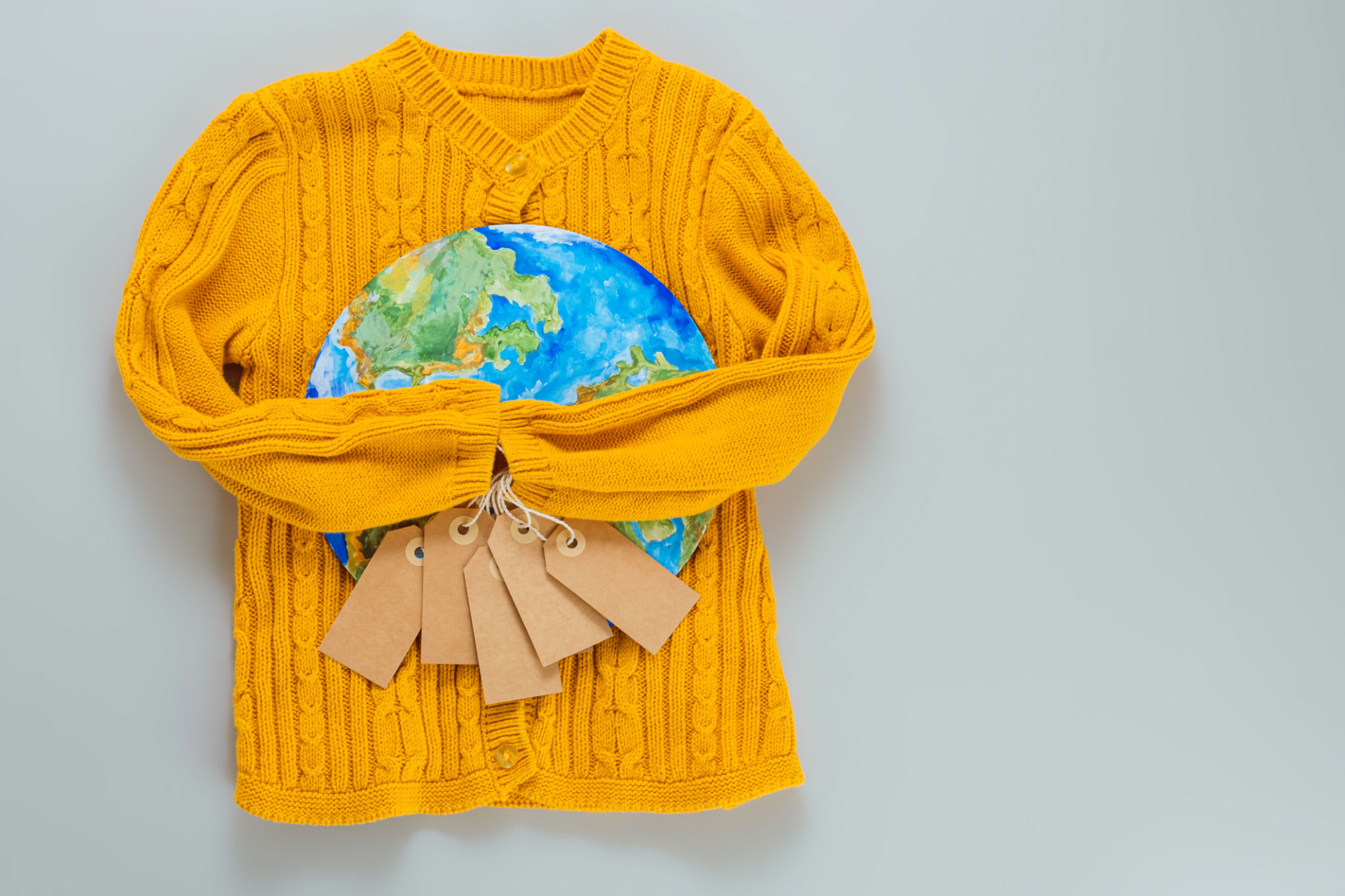Seasonal Wardrobe Tips: Preparing Your Clothes for the Oromia Climate
Understanding the Oromia Climate
Oromia, a region in Ethiopia, experiences a diverse climate that requires thoughtful wardrobe planning. With its varied altitudes, the climate can range from temperate to tropical, influencing your clothing choices throughout the year. Understanding these variations is crucial for maintaining comfort and style.

In higher altitudes, temperatures can drop significantly, especially during the night, while lower areas tend to be warmer. The wet and dry seasons also dictate how you should prepare your wardrobe. By aligning your clothing choices with these seasonal changes, you can ensure you're ready for any weather.
Layering for Versatility
Layering is an effective strategy for adapting to the Oromia climate. It allows you to add or remove clothing based on temperature fluctuations throughout the day. During cooler months, start with a base layer of lightweight materials like cotton or merino wool for breathability and warmth.
Add a middle layer such as a sweater or fleece for insulation, and top it off with a windproof or waterproof jacket. This approach not only helps you stay warm but also provides options when temperatures rise. In warmer areas, lighter layers can be swapped with breathable fabrics like linen or moisture-wicking synthetics.

Choosing the Right Fabrics
The choice of fabric plays a critical role in ensuring comfort in varying climates. Natural fibers like cotton, wool, and linen are excellent for breathability and temperature regulation. Cotton is ideal for everyday wear during the dry season, while wool offers warmth during cooler nights and mornings.
Linen is perfect for hot and humid conditions thanks to its lightweight and breathable nature. It’s also essential to include some synthetic blends that provide moisture-wicking properties, especially during the rainy season when humidity levels are high.
Footwear Considerations
Footwear is just as important as clothing when preparing for Oromia's climate. In wet seasons, waterproof shoes or boots are essential to keep your feet dry and comfortable. Opt for materials such as rubber or treated leather that can withstand moisture without sacrificing style.

For dry seasons, lightweight and breathable footwear like sandals or canvas shoes can provide the comfort you need. It's always a good idea to invest in quality socks made of materials like merino wool or synthetic blends that offer both warmth and moisture control.
Accessorizing Smartly
Accessories are not only about aesthetics but also functionality in Oromia's diverse climate. Hats and sunglasses are must-haves during sunny days to protect against UV rays. A wide-brimmed hat can provide shade and keep you cool.
Scarves and gloves are valuable additions during cooler months, adding an extra layer of warmth without bulkiness. For wet seasons, consider carrying a compact umbrella or rain poncho to stay dry on the go.

Organizing Your Wardrobe
Proper organization of your wardrobe ensures quick access to seasonally appropriate clothing. Begin by sorting clothes based on seasons and store them in easily accessible locations. Vacuum-sealed bags can help save space by compressing off-season apparel.
Consider rotating your wardrobe according to the season, bringing forward items suitable for the current weather while storing away those not needed. This practice not only maximizes space but also keeps your clothing in good condition.
Sustainable Practices
Sustainability should be a part of your wardrobe planning by opting for eco-friendly materials and ethical brands. Investing in high-quality pieces that last longer reduces waste and promotes responsible consumption.

Repairing and recycling old clothes instead of disposing of them is another step towards a sustainable lifestyle. By making conscious choices, you contribute positively to both the environment and local communities.
Conclusion
Preparing your wardrobe for the Oromia climate involves understanding its unique weather patterns and choosing versatile clothing options. By focusing on layering, selecting appropriate fabrics, and incorporating smart accessories, you can ensure comfort and style year-round.
Organizing your wardrobe efficiently and fostering sustainability are additional steps that enhance your readiness for any season in Oromia. Embrace these tips to enjoy the beautiful diversity of this region's climate without compromising on your fashion sense.